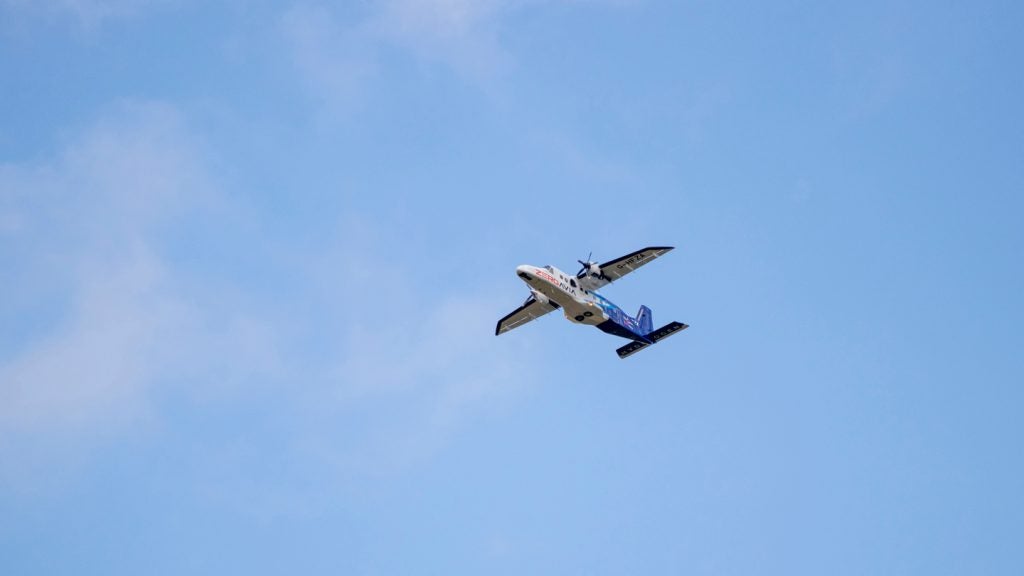
Australia’s Department of Immigration and Border Protection (DIBP) aims to be the first to introduce an entirely automatic, seamless processing system for incoming passengers based solely on their biometric data.
The DIBP first started collecting facial images and fingerprints from passengers in airports in November 2012, and has since collected the enormous amount of personal data needed to allow the new cutting edge system to be installed over the next three years.
The move is part of the Seamless Traveller programme, which was launched in 2015 and received a budget of AUS$93.7 million to be spent over five years for the rollout of what Peter Dutton MP, Minister for Immigration and Border Protection called “next generation automated biometric processing at major air and sea ports.”
Now, the Department of Immigration has launched a tender for companies to submit technology solutions that will do away with passports completely, and replace immigration officers with electronic stations and automatic triage. The aim is to process 90% of all incoming passengers by 2020 solely based on their face, iris and fingerprints, matched to the exhaustive backlog of existing data.
“I think it could be a world first,” Dr John Coyne, head of border security at the Australian Strategic Policy Institute, told the Sydney Morning Herald.
“Biometric capability will reduce manual processes allowing a fast, seamless self-processing experience for up to 90% of travellers and enable border control officers to concentrate on passengers-of-interest,” Dutton said in a previous statement.
How well do you really know your competitors?
Access the most comprehensive Company Profiles on the market, powered by GlobalData. Save hours of research. Gain competitive edge.

Thank you!
Your download email will arrive shortly
Not ready to buy yet? Download a free sample
We are confident about the unique quality of our Company Profiles. However, we want you to make the most beneficial decision for your business, so we offer a free sample that you can download by submitting the below form
By GlobalDataPioneering the Seamless Traveller
Biometric identity management was introduced in Australia as a means to prevent identity fraud, which costs the economy AUS$1.1 billion per year.
Authenticating non-citizens who enter the country “at various stages of immigration, detention and citizenship processing” is guaranteed under the Migration Act 1958 and the Australian Citizenship Act 2007.
The first introduction of biometrics at airports took place in March 2012, when a pilot programme was introduced to verify the identity of passengers on arrival, but this could only happen if that passenger had previously supplied their biometrics as part of their offshore visa application.
Three years later, the government launched the Seamless Traveller programme, which saw the rollout of biometric SmartGates at air and sea ports. It was touted as “yet another example of the Government’s commitment to cutting red tape and streamlining services,” according to an older statement from Dutton.
As of 2016, the AUS$50 million roll-out of SmartGates had been completed, with 83 gates in operation across Australia’s eight international airports. Between 2015 and 2016, 10 million passengers had self-processed through the departure SmartGates.
A contactless solution for rising passenger numbers

But now, the government is looking to retire the SmartGates, and is instead searching for the supply and implementation of “a new automated border control solution to replace and improve the current process for arriving air travellers.”
“The delivery of this services solution will significantly contribute to our commitment to transforming the border experience at Australia’s airports,” a request for tender launched in December last year reads. “The key objective is for 90% of travellers to self-process using an automated solution.”
Firstly, the department is looking for a solution that can process travellers using “contactless” technology, removing the need for some travellers to present their passport, as well as any physical tickets.
Later down the line, the plan is to also eliminate physical incoming passenger cards, and instead rely on the new system to provide all the answers normally supplied in writing and input them automatically into the DIBP system.
“Automated processing technology provides a simpler process for travellers through border processing while maintaining the security of our border. It will also enable the ABF [Australian Border Force] to meet the challenges of growing traveller numbers,” the tender request states.
Each year, Australian Border Force (ABF) officers process more than 35 million travellers through the country’s air and seaports and this number is expected to continue to rise.
The first pilot is expected to be rolled out at Canberra Airport in July, followed by Sydney or Melbourne by November, and a complete system roll out by March 2019.
Combating risks vs. privacy concerns
The biometric rollout is part of Strategy 2020, which lays the foundations for the integration between The Department of Immigration and Border Protection and the Australian Border Force.
“Increased computing power and the use of communication and biometric technology will drive advances in data analytics, leading to an improved capability in how we manage the flow of people and goods and threats to the border,” the strategy document reads.
“The Department will position itself to combat risks before they arrive at the border as the primary means of border protection”, with the physical border ultimately becoming “the secondary layer of intervention.”
Speaking to the Herald, Dr Coyne said that Australia was “miles ahead of the majority of countries” when it comes to biometric data.
But biometric security methods have been repeatedly associated with privacy risks.
For example, a 2014 article published in Scientific American argues that “biometrics could turn existing surveillance systems into something categorically new – something more powerful and much more invasive. Once your face, iris or DNA profile becomes a digital file, that file will be difficult to protect.”
Similarly, Professor Katina Michael, tech and biometrics expert at the University of Wollongong told The Guardian that “there will be real costs, human costs, not only through the loss of staff through automation, but also through discrimination of people who may appear different.”
It remains to be seen exactly how the new system will work, and how it will gather all the necessary personal data. As of yet, the technological workings behind the system are entirely up to the company chosen by the border department following the request for tender.
A decision is expected be made by the end of May, and the work to begin soon after.







